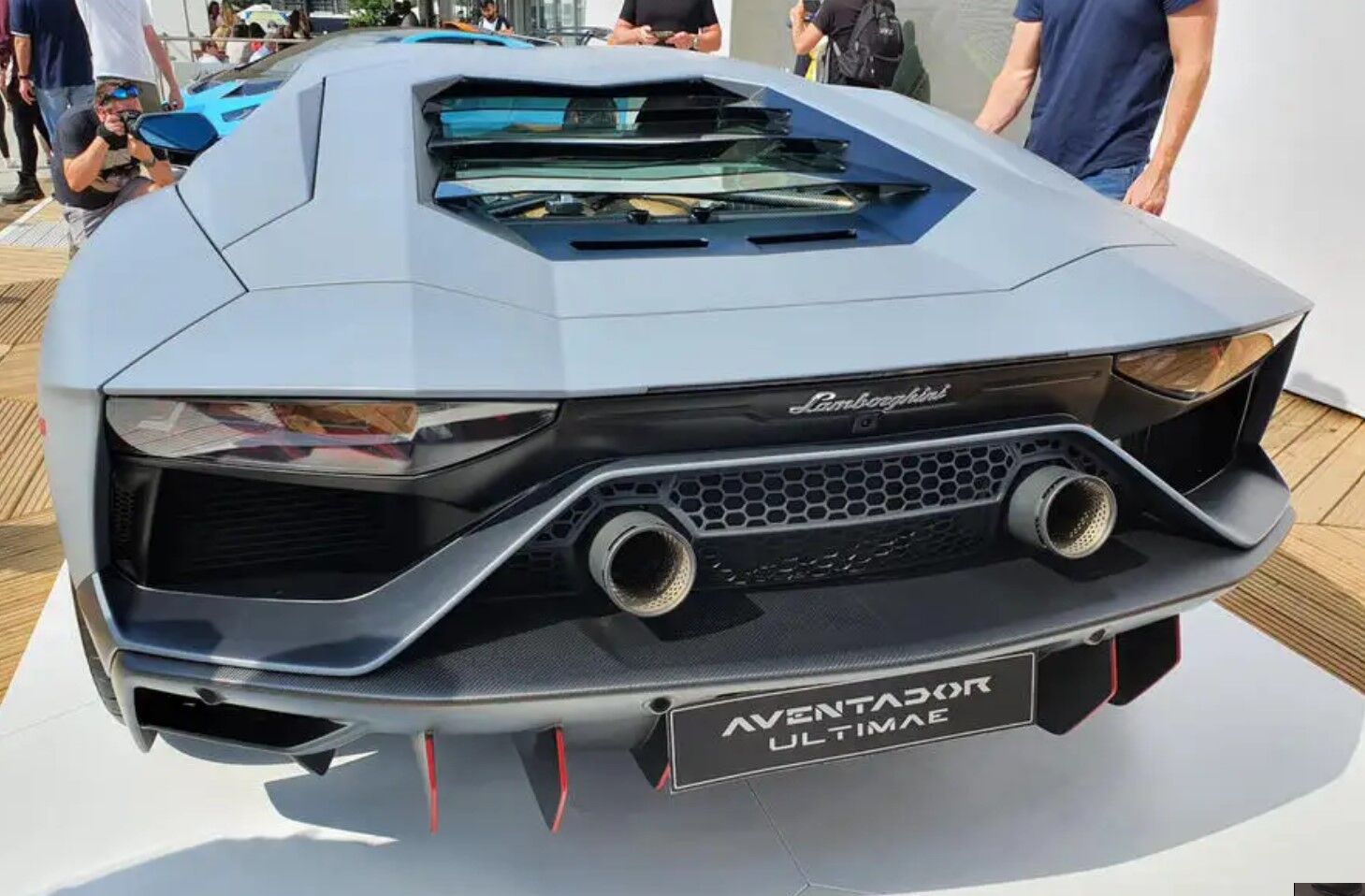Lamborghini Aventador LP 780-4 Ultimae edition was the final non-electrified outing for Lambo’s hallowed V12 ahead of PHEV replacement.
The Lamborghini Aventador has bowed out of production with the completion of the last LP 780-4 Ultimae, which is also the brand’s last pure-V12 production car.
The final Lamborghini Aventador Ultimae rolled off the production line in Sant’Agata, Italy, to bring to an end the model’s 11-year run.
A plug-in hybrid replacement is expected to be revealed later this year, having been spied testing.
Lamborghini made sure the final model was the most powerful, with the 6.5-litre unit producing 10bhp more than in the previous range-topping Aventador, the Lamborghini Aventador SVJ, sending 573kW (780PS, hence the name) to both axles. The Aventador-based Essenza SCV12 produces 611kW but is limited to track use.
The Ultimae’s 720Nm torque peak matches the SVJ’s, with which it shares its power- to-weight ratio. But with a 0-100km/h time of just 2.8sec and a top speed of 356km/h, the Ultimae is the fastest road-going Aventador.
The 350 coupes and 250 roadsters – each sold with a numbered plaque – were offered in a range of unique colour schemes, including a new grey-on-grey option with contrasting red trim elements, while the roadster could be specified with an exposed carbonfibre roof panel. It was also subtly marked out from other Aventadors by way of a unique styling package that “took the best components” of the S and SVJ.
The Aventador’s plug-in hybrid replacement will serve as a bridge to pure-electric Lamborghini models in the future.
This electrified future will see the Hurácan and Lamborghini Urus also go down the same route, and an all-electric 2+2 introduced in the second half of the decade.
Importantly, however, while its replacement will use an electrified drivetrain, it will take the bulk of its power from a large-capacity V12, in line with company boss Stephan Winkelmann’s commitment to the emotional value of its supercars.
He said last year that there is “a lot of emotion attached” to the twelve-cylinder engine, which he is particularly aware of, having been involved in the launch of the Aventador in his first stint as the boss of Lamborghini in 2011.
Felix Page





